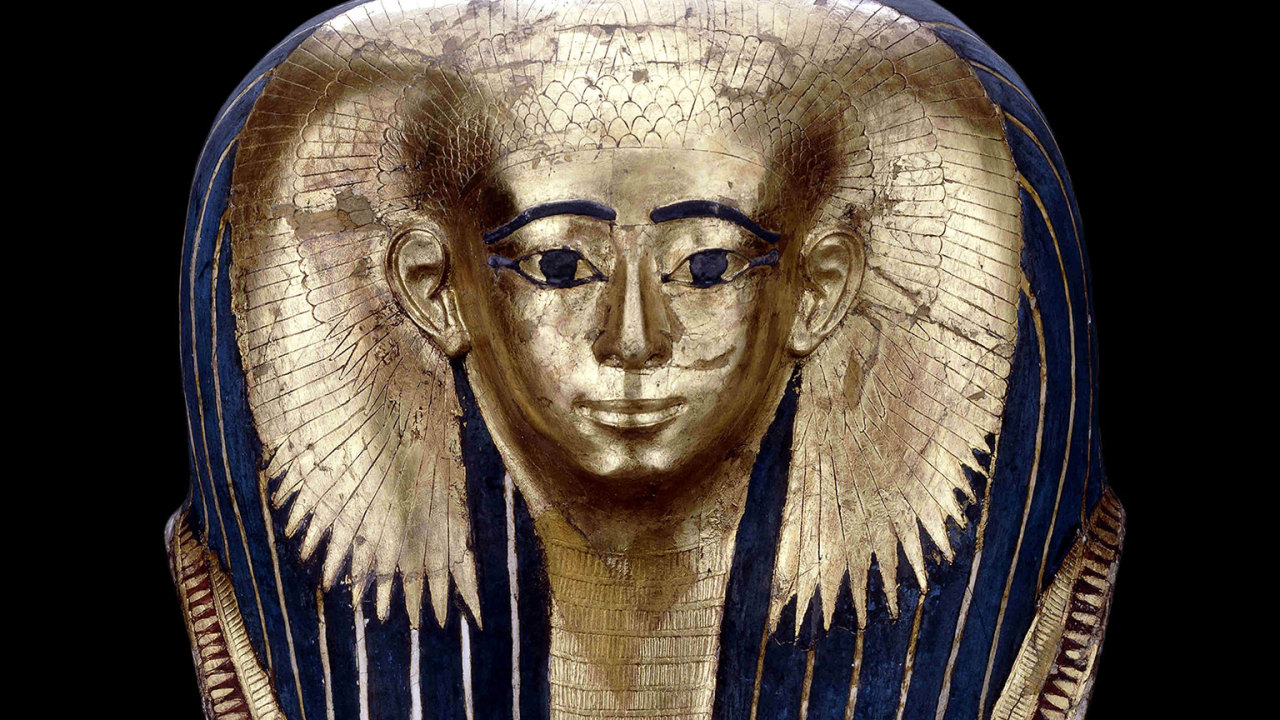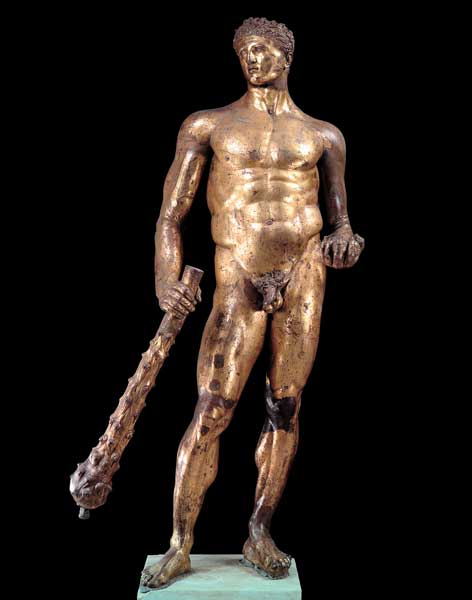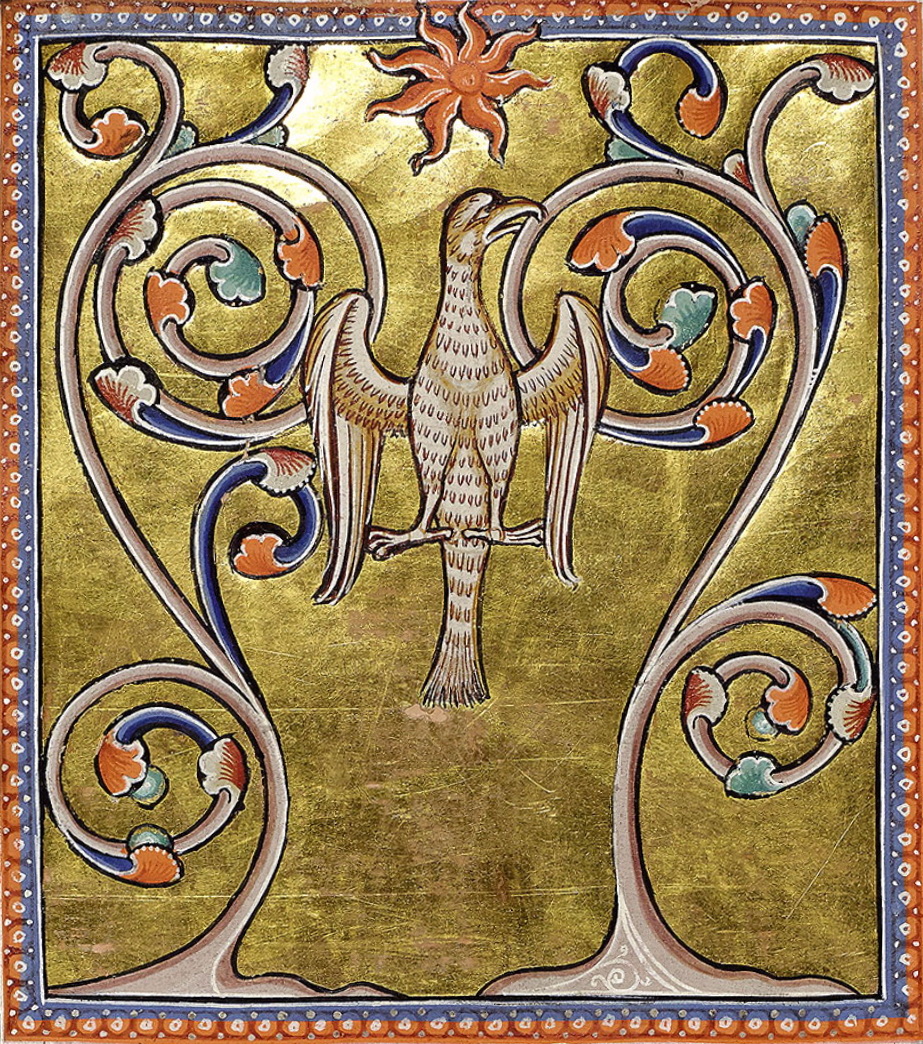
GILDING : THE MIDAS TOUCH
As part of London Craft Week 2018, Rose Uniacke presented:
The Midas Touch : Gilding at Rose Uniacke.
Rose Uniacke considers the enduring fascination of gold and the application of this rare and incorruptible metal with an instore exploration of the art and craftsmanship of gilding.
To celebrate London Craft Week we are delighted to introduce a Gilded edition of Roses Large and Small Plaster Cone Hanging Lights. The result of a five day process, the internal surface of each light is meticulously prepared to receive a burnished layer of 23.5 carat gold.
View the Limted Edition Gilded Plaster Cone

18th Dynasty cartonnage mummy-mask of Satdjehuty - c.1500 BC. On this splendid female mask, gold leaf not only covers the woman's face, but also her collar necklace and the vulture-headdress that adorns her lapis lazuli- coloured wig. The golden wings are examples of protective symbolism. British Museum.
The Technique of Water Gilding
Water gilding, also called gilding on bole, consists of applying loose sheets of gold leaf to a layer of red clay (bole). The bole supplies a smooth flexible surface that allows the gold to be polished to a brilliant mirror like finish with an agate burnishing tool. The lustre and finish of the end result is dependent on the flawless preparation of the surfaces to be gilded.
The Technique of Oil Gilding
Mordant or oil gilding requires that the surface to be gilded is completely sealed, before an oil based size or mordant is applied and allowed to dry ‘to tack’ The leaf adheres to the size This technique does not allow the gold to be burnished so will not provide the brilliant and subtle finish of water gilding, however oil gilding allows gilding on a wider variety of surfaces and may be applied outdoors.

Gilded bronze statue of Hercules, 2nd century BC, discovered in the Forum, Rome. Capitoline Museum
A Brief History of Gilding
Herodotus describes the gilding of wood and metal objects by the Ancient Egyptians from as early as 2300 BC - tomb paintings depict goldsmiths preparing the leaf that gilded mummy cases, sarcrophogi and other sacred and significant objects. Today the method of thinning the metal is still largely achieved by hand, though the Egyptians managed a thickness of today’s tin foil, “modern” leaf is about 100 times thinner.
In Ancient Greece, gold-leaf was used in the construction of Chryselephantine monumental statues, made from carved wood overlaid with sheets of gold representing clothes, armour, crowns and hair with the skin depicted in ivory. Known examples exist from from 2000 B.C. the most famous of which, the Statue of Zeus at Olympia, stood at 12 meters tall and was one of the seven wonders of the ancient world. The Greeks not only gilded wood, masonry, and marble sculpture but also fire- gilded metal, by applying a gold amalgum then driving off the mercury with heat, leaving a coating of gold on the metal surface.
As well as applying gold to their statues and objects ,the Ancient Romans used gold-leaf to enhance architectural elements, by gilding the ceilings and details of their buildings Pliny The Elder informs us that after the destruction of Carthage under the censorship of Lucius Mummius the Romans began to gild the coffers of their temples and palaces, the Capitol being the first place on which this process was applied. Luxury advanced on the Roman people so rapidly that before long even private individuals and the poor began to gild the walls, vaults, and other parts of their dwellings. This trend extended in the middle ages to the churches, palaces, furniture and manuscripts of Europe. During the middle ages the Chinese developed the technique of gilding onto porcelain, later to be adopted by European potters.

Phoenix - from The Aberdeen Bestiary, a 12th-century English illuminated manuscript , first listed in 1542 in the inventory of the Old Royal Library at the Palace of Westminster